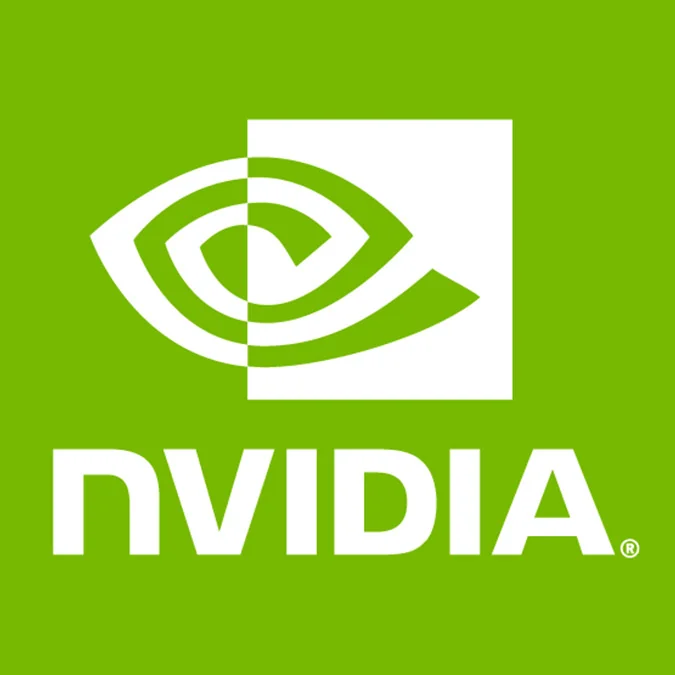NVIDIA Introduces A Number Of New OpenGL Extensions For Turing

NVIDIA is seeking to include a number of new GL extensions with OpenGL, they include:
NV_mesh_shader: Adding the new programmable shader types of task and mesh shaders. Mesh shaders are one of the interesting technical additions with Turing.
NV_shading_rate_image: Allowing a shading rate image that can be used for varying the number of fragment shader invocations across the frame-buffer.
NV_compute_shader_derivatives: Support with the same-named GLSL extension to allow for derivatives in compute shaders.
NV_fragment_shader_barycentric: This along with the GLSL update allows for fragment shader built-in variables having barycentric weight vectors to identify the location of the fragment within its primitive.
NV_representative_fragment_test: A new built-in fragment test to reduce the amount of rasterization and fragment processing work performed on each point, line, or triangle primitive.
NV_scissor_exclusive: Support for an additional scissor test whereby fragments are discarded if their coordinates are inside the scissor rectangle, rather than the current scissor test behavior for outside.
NV_shader_texture_footprint: New GLSL query functions for returning data identifying the texture footprint for an equivalent texture access, with this mainly being useful for applications/games having multi-pass rendering operations.
It's good that NVIDIA is continuing to add new support to OpenGL rather than just limiting it to Vulkan and Direct3D 12. There's likely no OpenGL RTX support to look forward to, but at least today's expected Turing driver release should be bringing their initial NVIDIA Vulkan RTX extension for ray-tracing. We're waiting to see what other new Vulkan extensions NVIDIA will be introducing besides mesh shader and ray-tracing support.
Add A Comment

